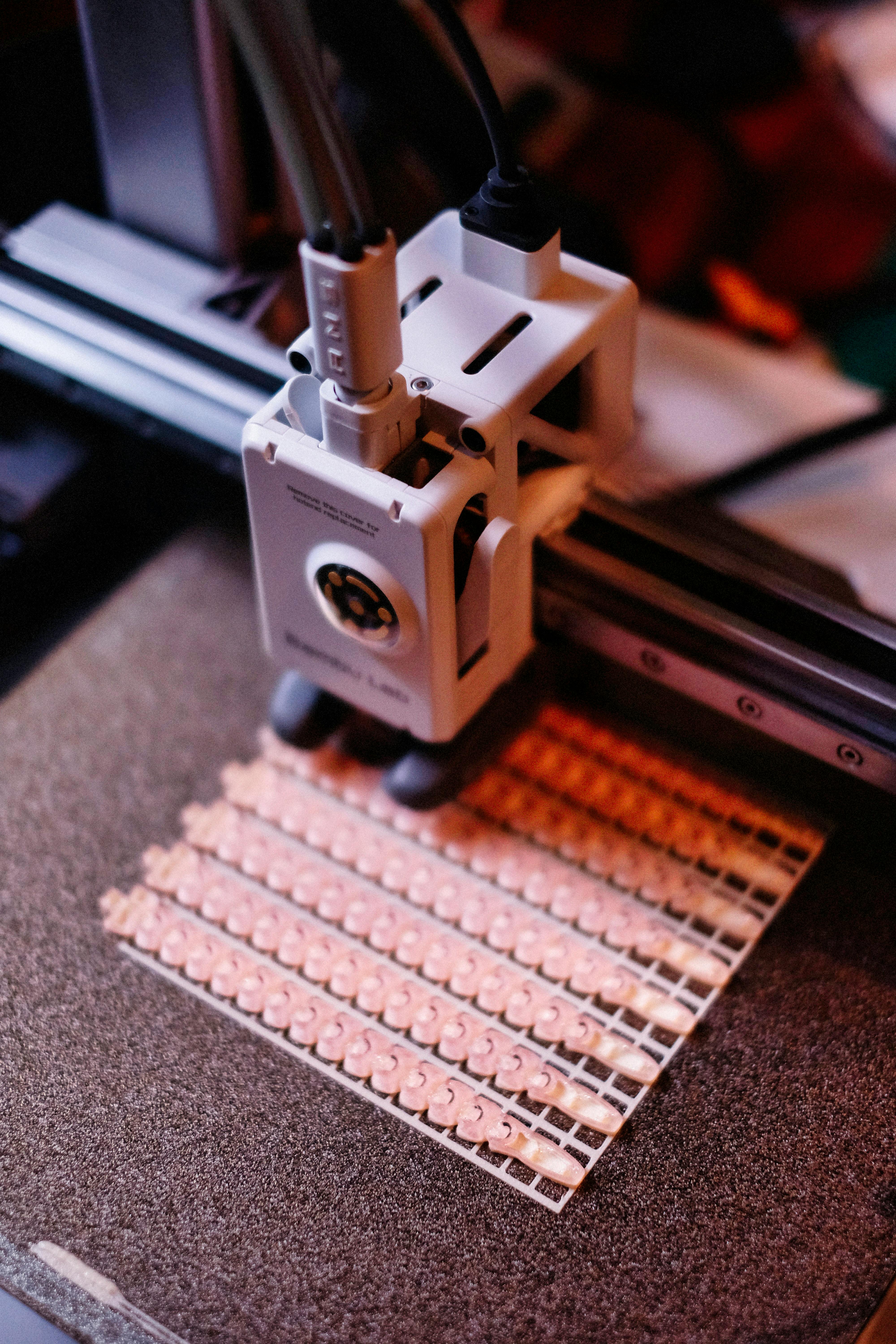Terrariums 2.0: Miniature Ecosystems Reimagined
Imagine a world where nature thrives within the confines of glass, where miniature landscapes flourish under your watchful eye. Welcome to the enchanting realm of modern terrariums, where artistry meets ecology in a captivating dance of life. These self-contained ecosystems have evolved far beyond their Victorian origins, becoming a canvas for creativity and a sanctuary for urban dwellers seeking a connection to nature. Join us as we explore the fascinating world of contemporary terrarium design and discover how these living sculptures are transforming spaces and lives.

Beyond the Glass: Innovative Containers
While traditional glass jars and bulbs remain popular, contemporary terrarium designers are pushing the boundaries of what constitutes a suitable container. Geometric shapes crafted from metal and glass create striking visual contrasts, while repurposed industrial objects lend an edgy, upcycled aesthetic. Some artisans are even incorporating LED lighting and smart technology into their designs, creating terrariums that glow and change colors in response to touch or sound. These innovations not only enhance the visual appeal of terrariums but also expand their functionality as ambient lighting solutions.
Micro-Landscapes: Crafting Miniature Worlds
The art of terrarium design has evolved to include intricate, themed micro-landscapes that tell stories and evoke emotions. From miniature rain forests complete with tiny waterfalls to arid desert scenes featuring hand-sculpted cacti, these living dioramas transport viewers to far-off lands. Some designers are even incorporating elements of pop culture, creating terrariums inspired by favorite movies, books, or video games. These whimsical creations blur the line between horticulture and visual art, appealing to plant enthusiasts and art collectors alike.
The Science of Sustainability
Modern terrariums are not just about aesthetics; they are also marvels of ecological engineering. Designers are employing advanced techniques to create self-sustaining ecosystems that require minimal maintenance. By carefully selecting plants with compatible water and light requirements, and incorporating layers of activated charcoal and specialized soils, these terrariums can thrive for months or even years with little intervention. This focus on sustainability extends to the materials used, with many designers opting for recycled glass, biodegradable plastics, and locally sourced plants and minerals.
Therapeutic Terraria: Green Prescription for Wellbeing
As our lives become increasingly digital and disconnected from nature, terrariums are emerging as a powerful tool for improving mental health and wellbeing. The act of creating and caring for a terrarium has been shown to reduce stress, improve focus, and foster a sense of accomplishment. In response to this growing awareness, some healthcare professionals are even prescribing terrarium workshops as a form of horticultural therapy. Corporate offices and educational institutions are also embracing terrariums as a way to introduce nature into sterile environments, boosting productivity and creativity.
The Social Network: Terrarium Communities
The terrarium renaissance has given rise to a vibrant online community of enthusiasts who share tips, showcase their creations, and trade rare plants. Social media platforms like Instagram and Pinterest are awash with terrarium inspiration, while specialized forums provide a space for in-depth discussions on techniques and troubleshooting. This interconnected network has democratized terrarium design, allowing novices to learn from experts and fostering a spirit of innovation and collaboration. Some enthusiasts are even organizing terrarium swaps and competitions, further fueling the growth of this unique subculture.
Terrarium Tech: Merging Nature and Innovation
As technology continues to permeate every aspect of our lives, it’s no surprise that it has found its way into the world of terrariums. Smart sensors that monitor soil moisture, temperature, and light levels are now available, allowing terrarium owners to track and optimize growing conditions with precision. Some tech-savvy designers are experimenting with augmented reality, creating apps that allow users to visualize virtual terrariums in their space before committing to a purchase. These technological advancements are making terrarium care more accessible and engaging for a new generation of plant enthusiasts.
The Business of Bottled Nature
The surge in terrarium popularity has given rise to a thriving industry of specialized suppliers, workshops, and custom designers. Boutique stores dedicated exclusively to terrariums and their accessories are popping up in urban centers, while online marketplaces connect artisans with customers worldwide. This booming market has created new opportunities for entrepreneurs and artists alike, with some high-end terrarium designs commanding prices comparable to fine art pieces. As the industry grows, so does the demand for innovation, driving designers to constantly push the boundaries of what’s possible within the confines of glass.
Future Growth: The Evolution Continues
As we look to the future, the world of terrariums shows no signs of stagnation. Emerging trends point towards even more integration with technology, including terrariums that respond to voice commands or sync with smart home systems. There’s also a growing interest in using terrariums as small-scale research environments for studying climate change and ecosystem dynamics. Whatever the future holds, one thing is certain: these miniature worlds will continue to captivate and inspire, offering a much-needed connection to nature in an increasingly urbanized world.





